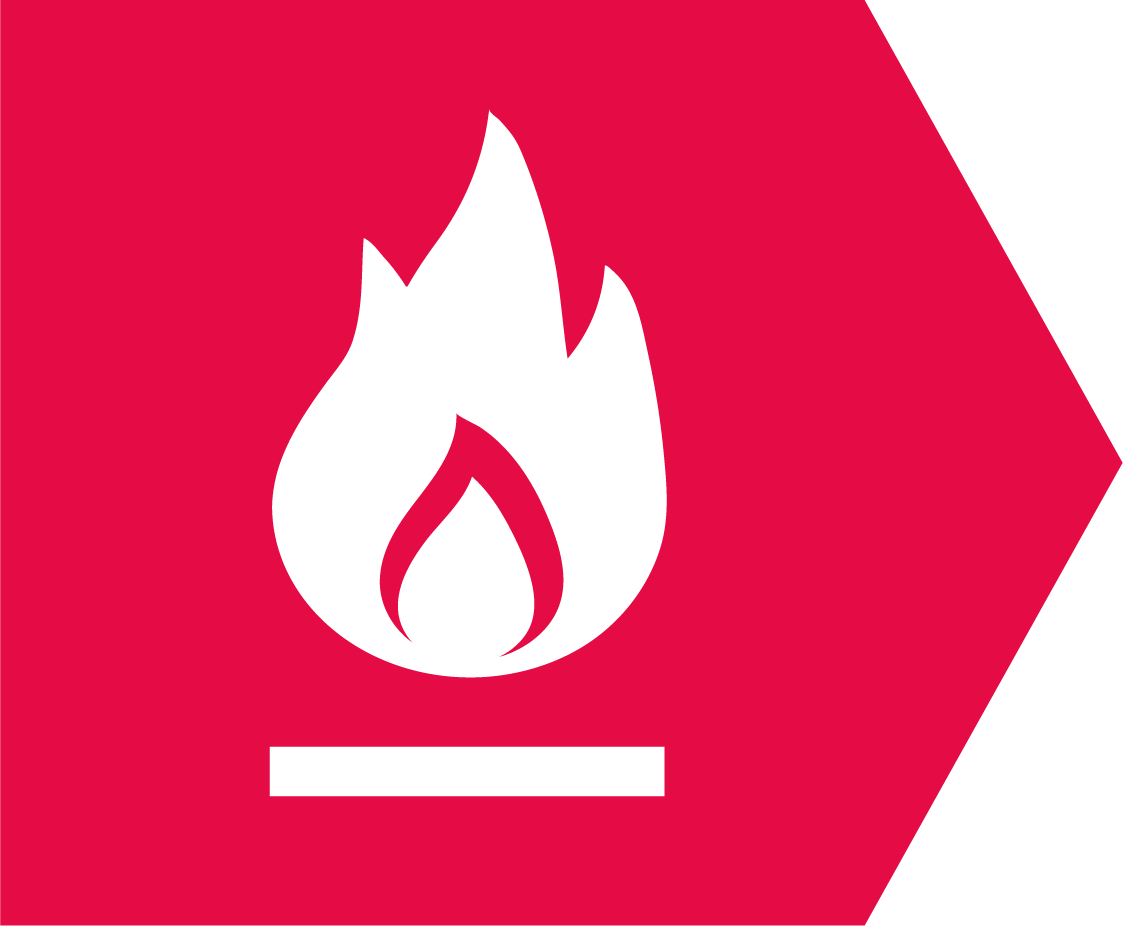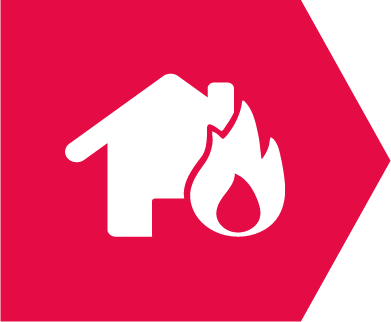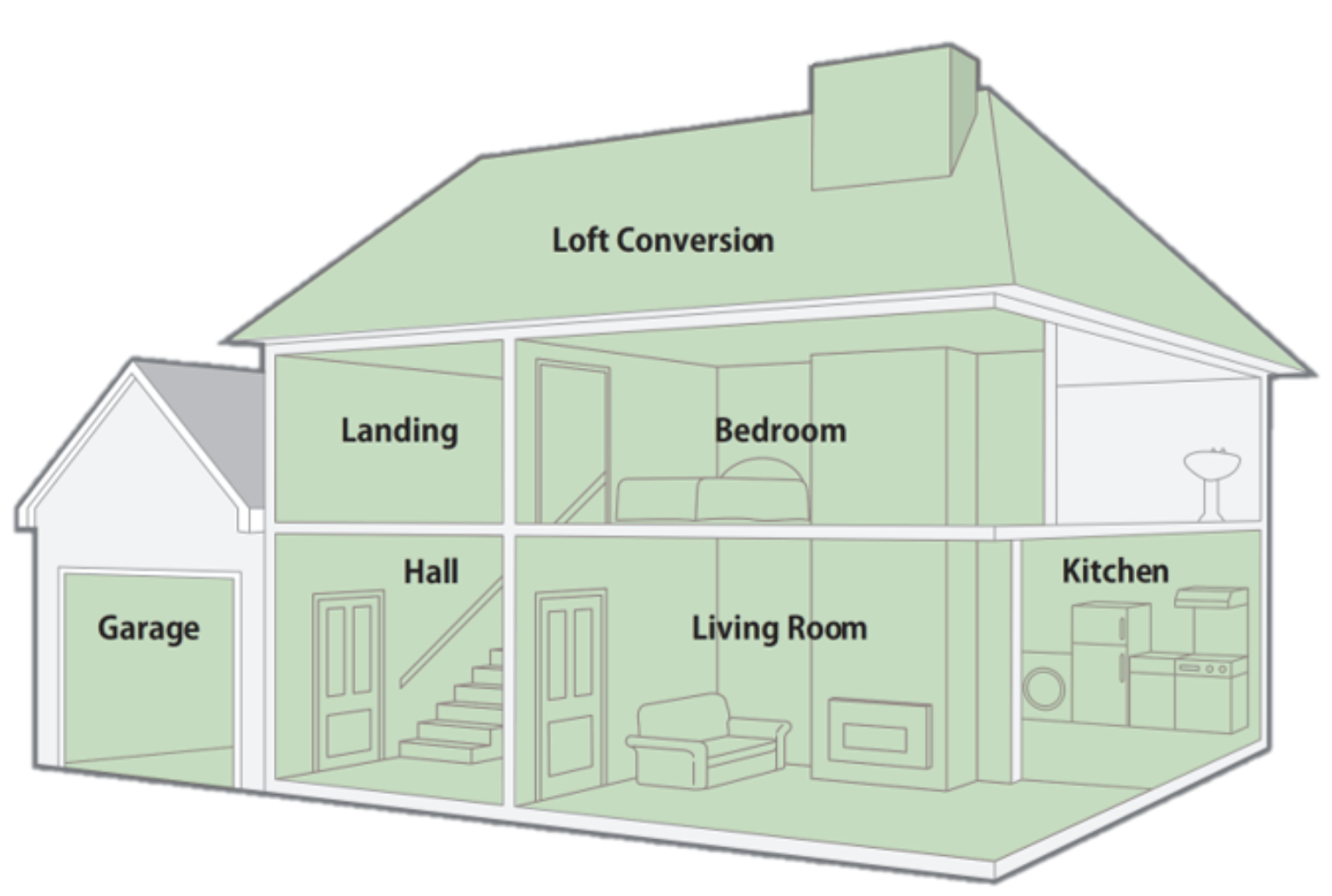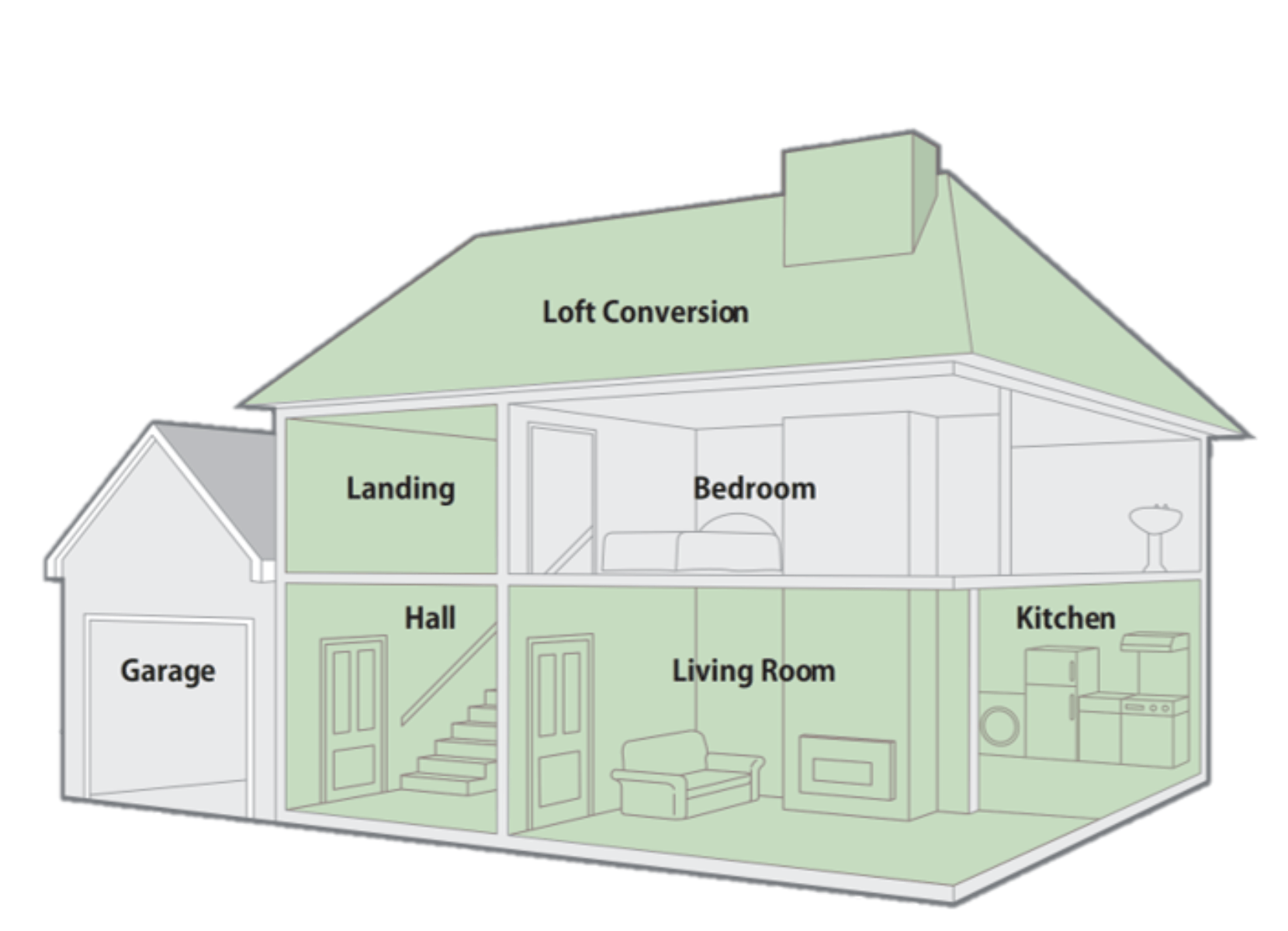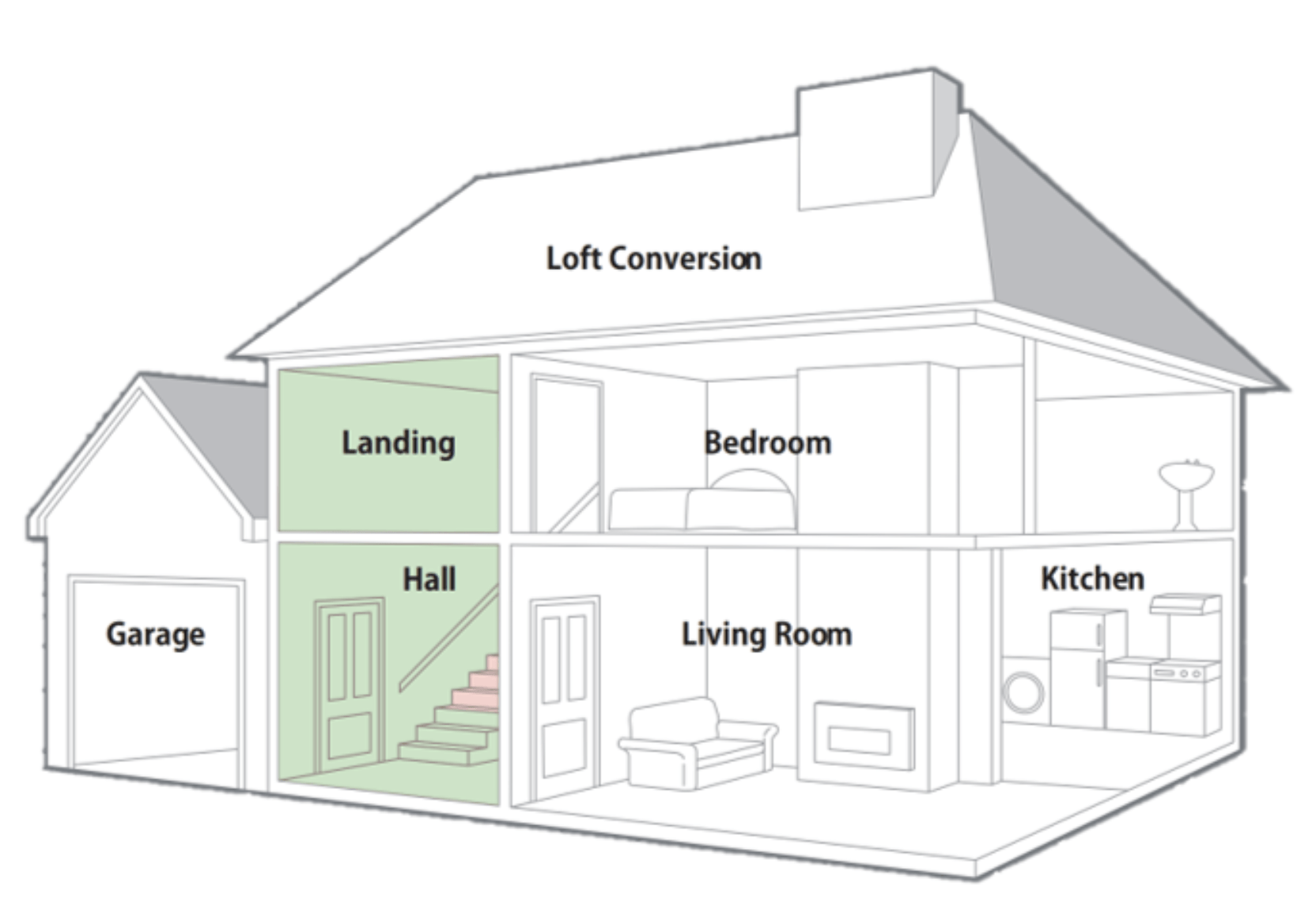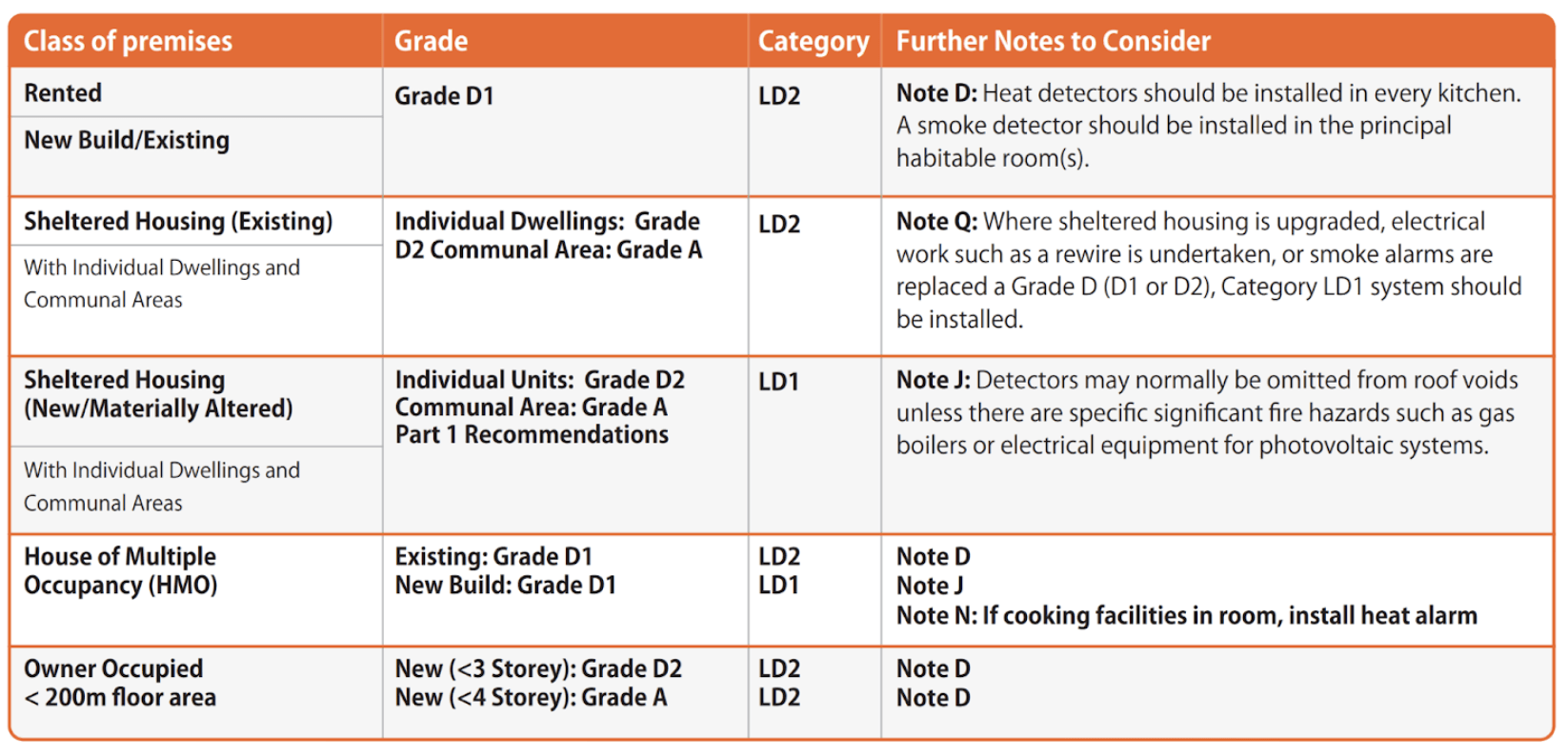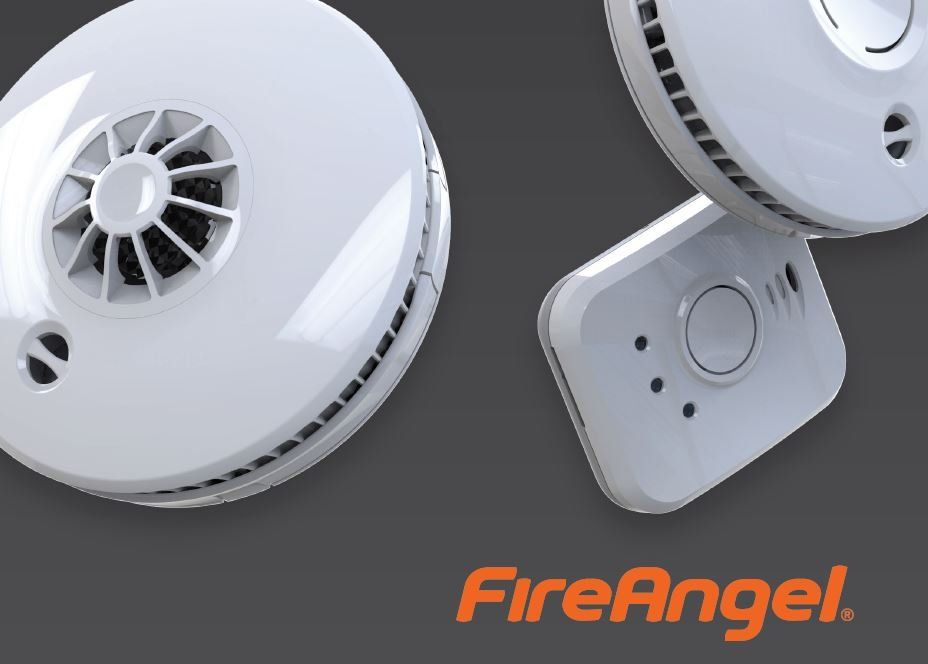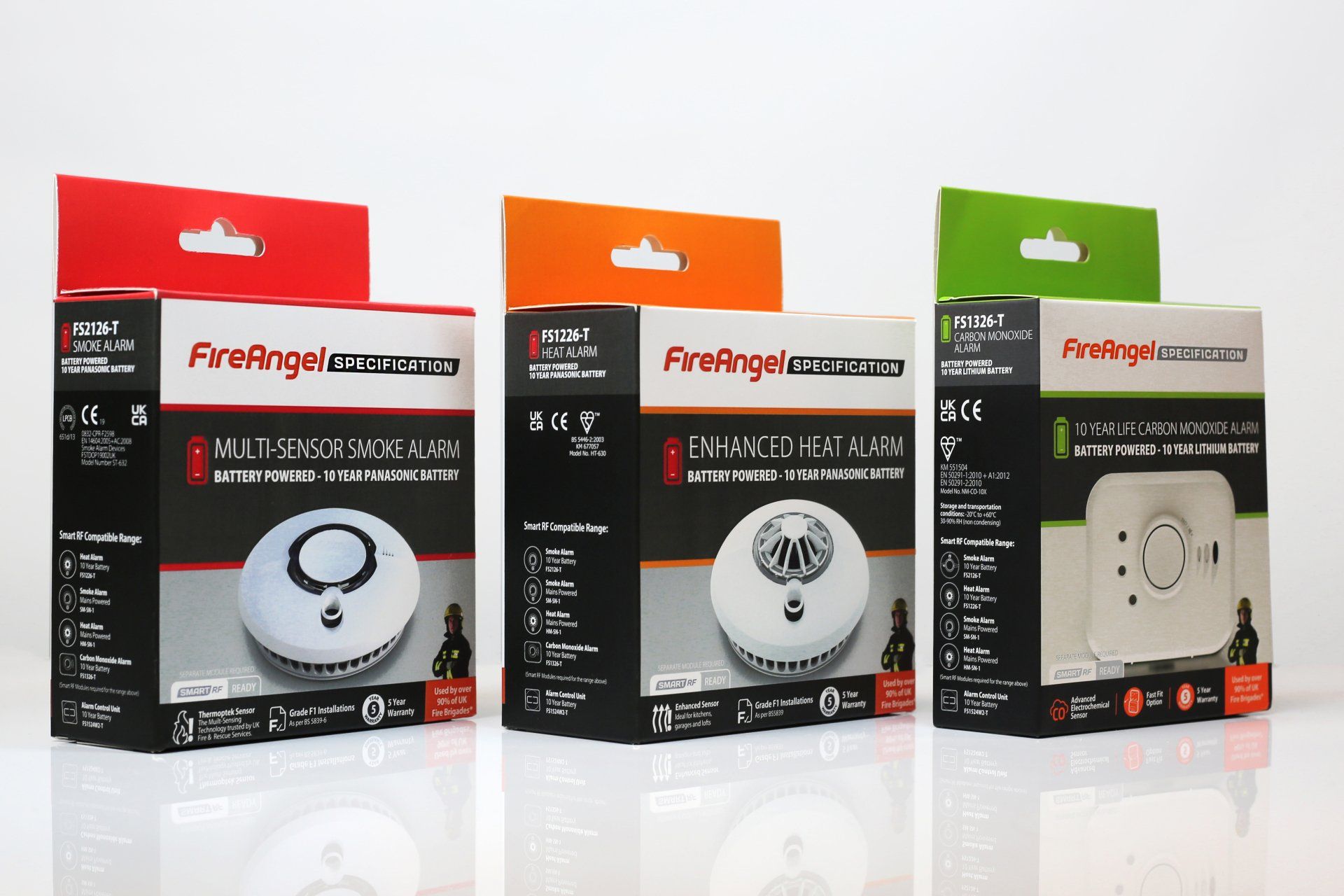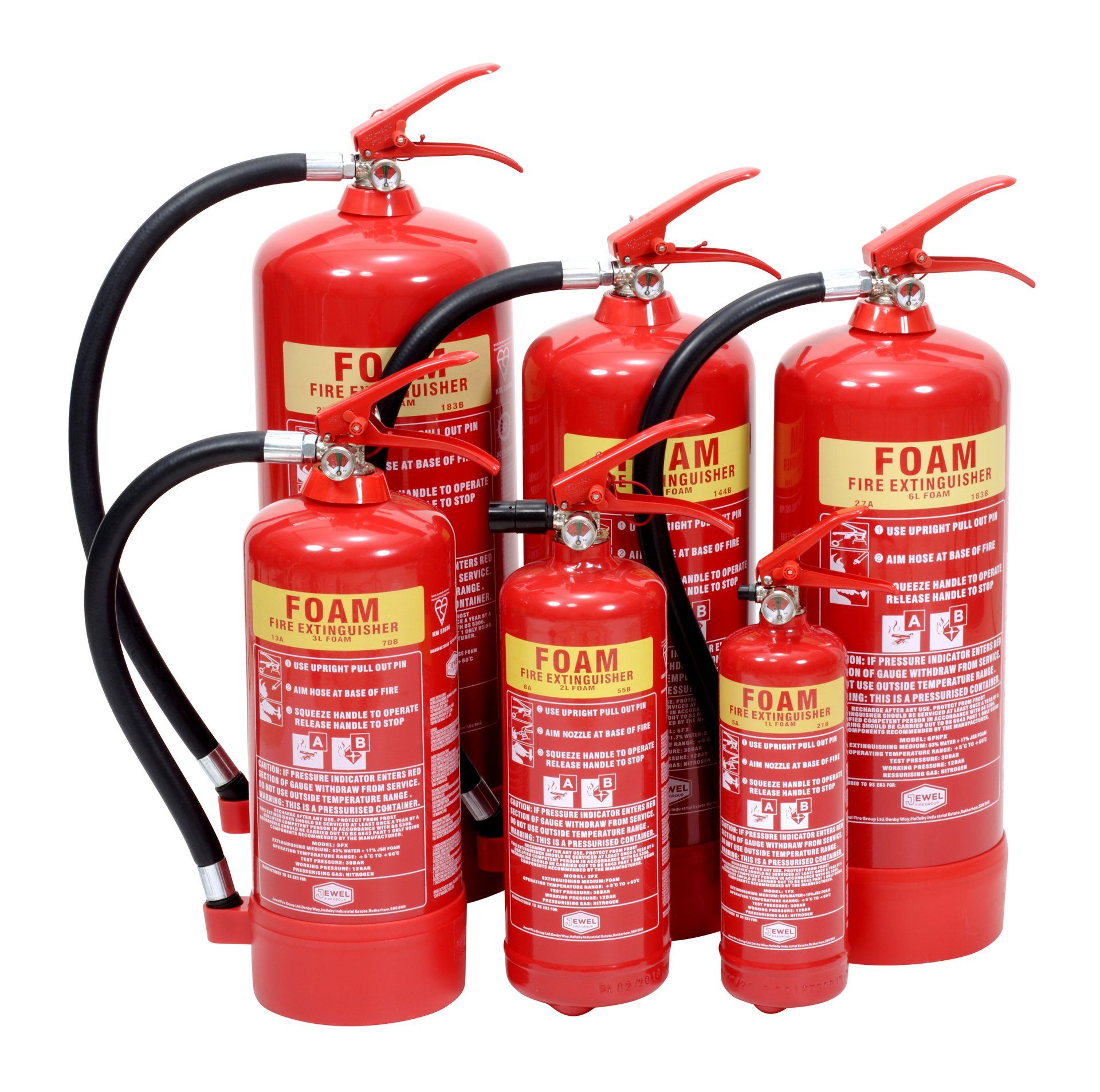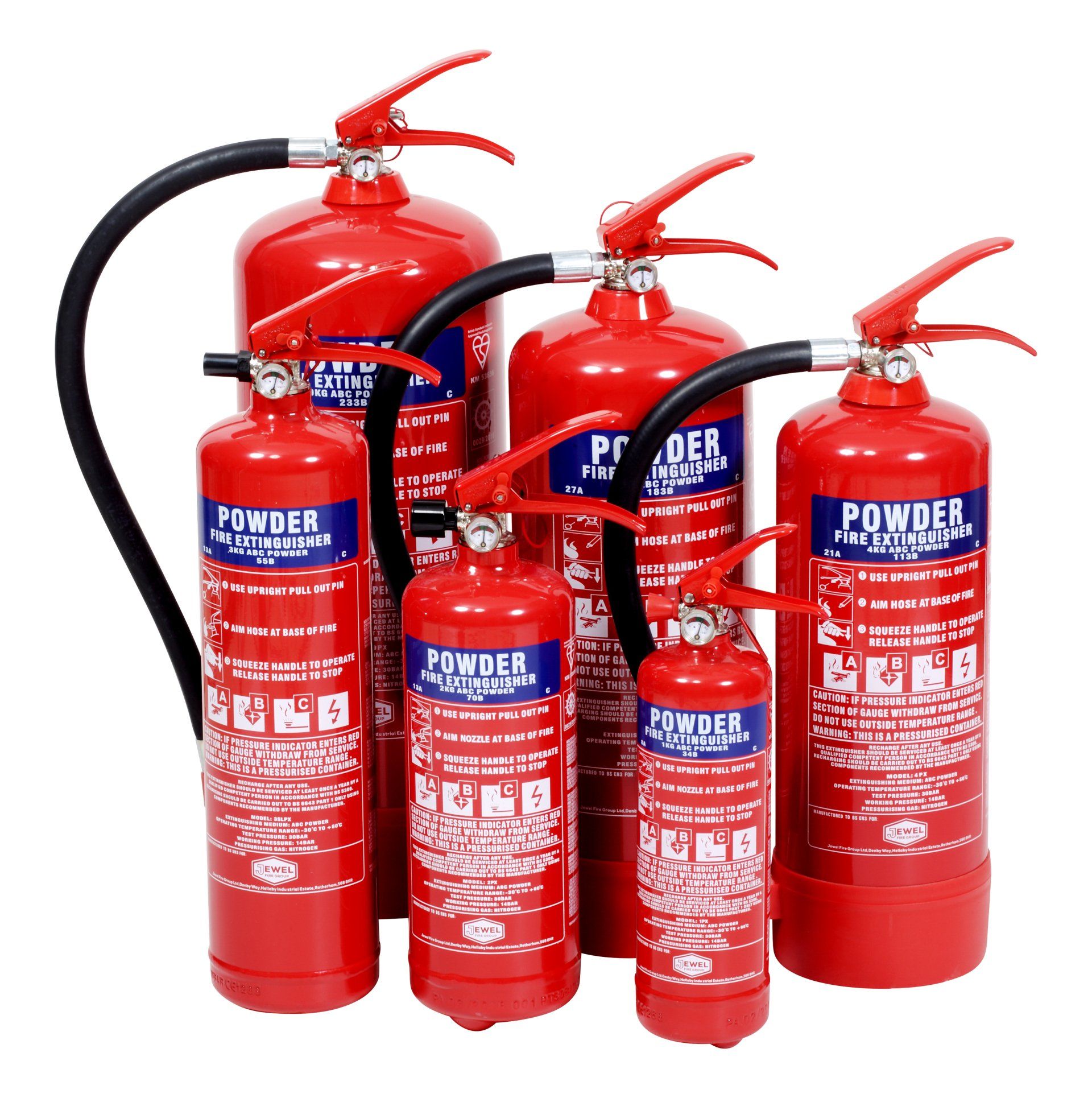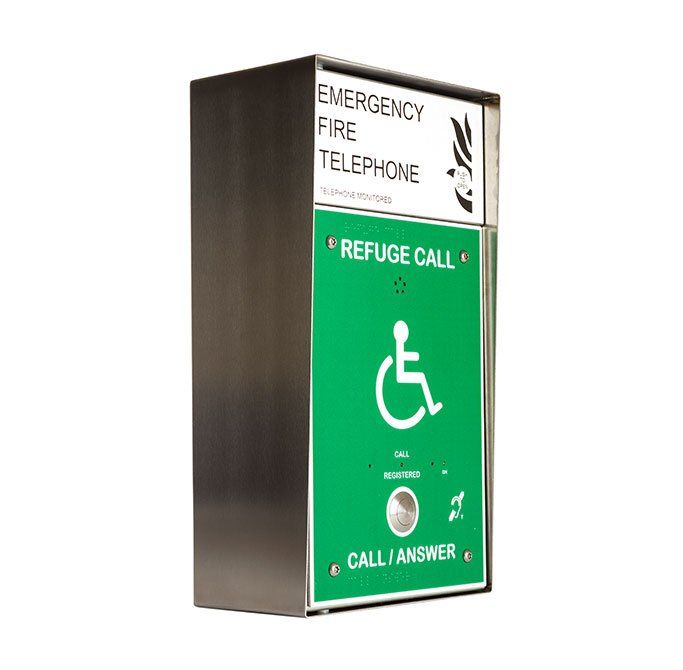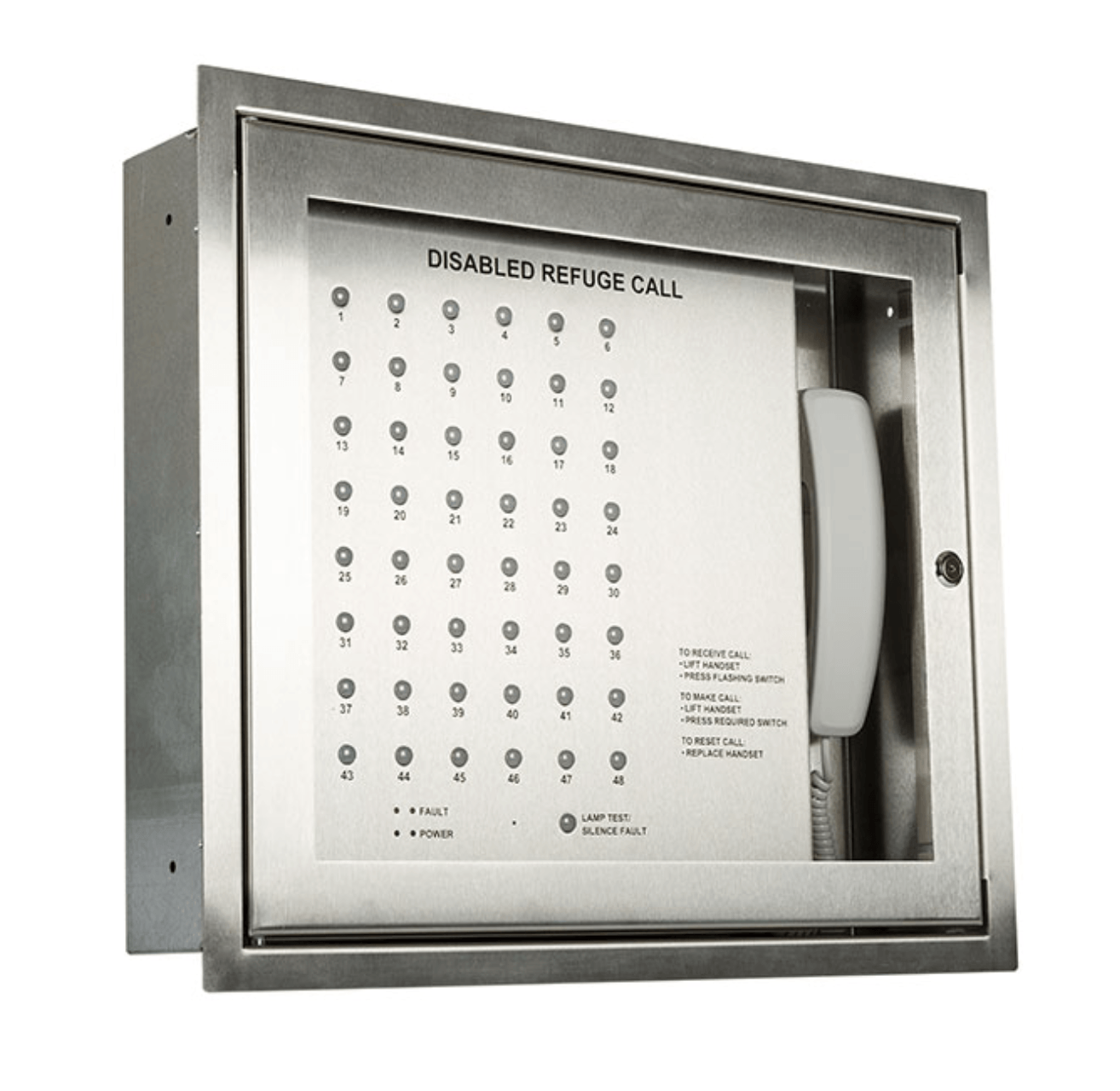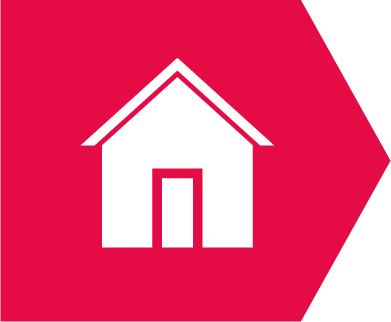A requirement of BS5839 Part 1
In Autumn 2002, the British Standard relating to the installation and maintenance of fire alarms (BS5839) was revised, and now includes recommendations that fire detection and alarm systems are installed for the protection of property. Known as category “P” systems, they should have some means of automatic transmission of a fire signal to an alarm-receiving centre.
How would the fire brigade know that your property or business was on fire in the middle of the night? If a building is occupied when a fire breaks out then the fire alarm system is an excellent means of enabling people to safely exit the building whilst the Fire Brigade are contacted to come and put the fire out.
However, what if the building was unoccupied?
Your worries and concerns can be eased by having Lightning Safety Systems install a remote signalling system so as to protect your business, your property and its contents.
It is beautifully simple. When receiving an alarm activation signal the Fire Brigade would be contacted immediately thereby enabling them to within 15 minutes of an alarm being raised.
Dangers to businesses:
- Could your business operate if you were unable to access the building due to fire damage?
- Over 70% of businesses that experience a major fire either do not reopen their doors or they fail within the next 3 years.
Benefits of a 24/7 remotely monitored system:
- Peace of mind to owners of properties and businesses when premises are empty.
- Fast response to any activated alarm minimising the risk of damage and loss.
- Helps meet insurance requirements and reduce the premiums charged.
Lightning Safety Systems recommend that in all cases fire alarm systems are connected to our remote monitoring system so that we can quickly call the Fire Brigade on your behalf thereby minimising any damage or loss to businesses, property, contents and potentially even people’s lives.
A requirement of BS5839 Part 1
In Autumn 2002, the British Standard relating to the installation and maintenance of fire alarms (BS5839) was revised, and now includes recommendations that Fire detection and alarm systems are installed for the protection of property. Known as category “P” systems, they should have some means of automatic transmission of a fire signal to an alarm-receiving centre.
Do I need separate monitoring if my fire alarm is monitored through the BT Redcare on my intruder alarm?
To comply with the requirements of the British Standard for Fire Alarms, BS 5839, fire alarm systems need to have a separate connection.
Intruder alarms do not have battery back-up times expected of a fire alarm system, and are rarely installed with fire rated cables.
Also, a fire alarm system should be continuously monitored as a fire can occur at any time, and an intruder system may not be connected at certain times of the day.
Lightning Safety Systems always recommend what has been determined as best practice in the industry, and as such, do not recommend that you dual monitor fire and security signals through one remote monitoring unit.


